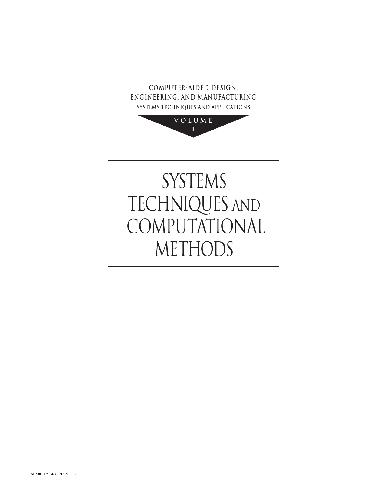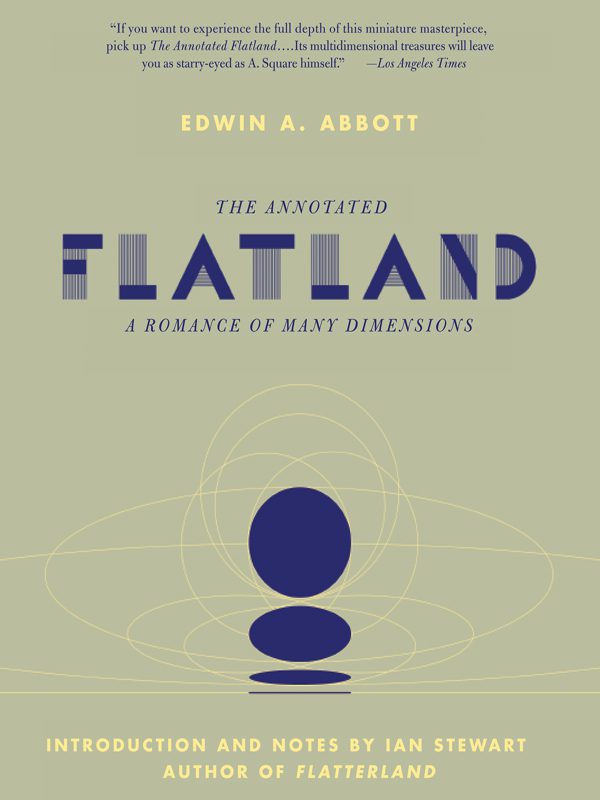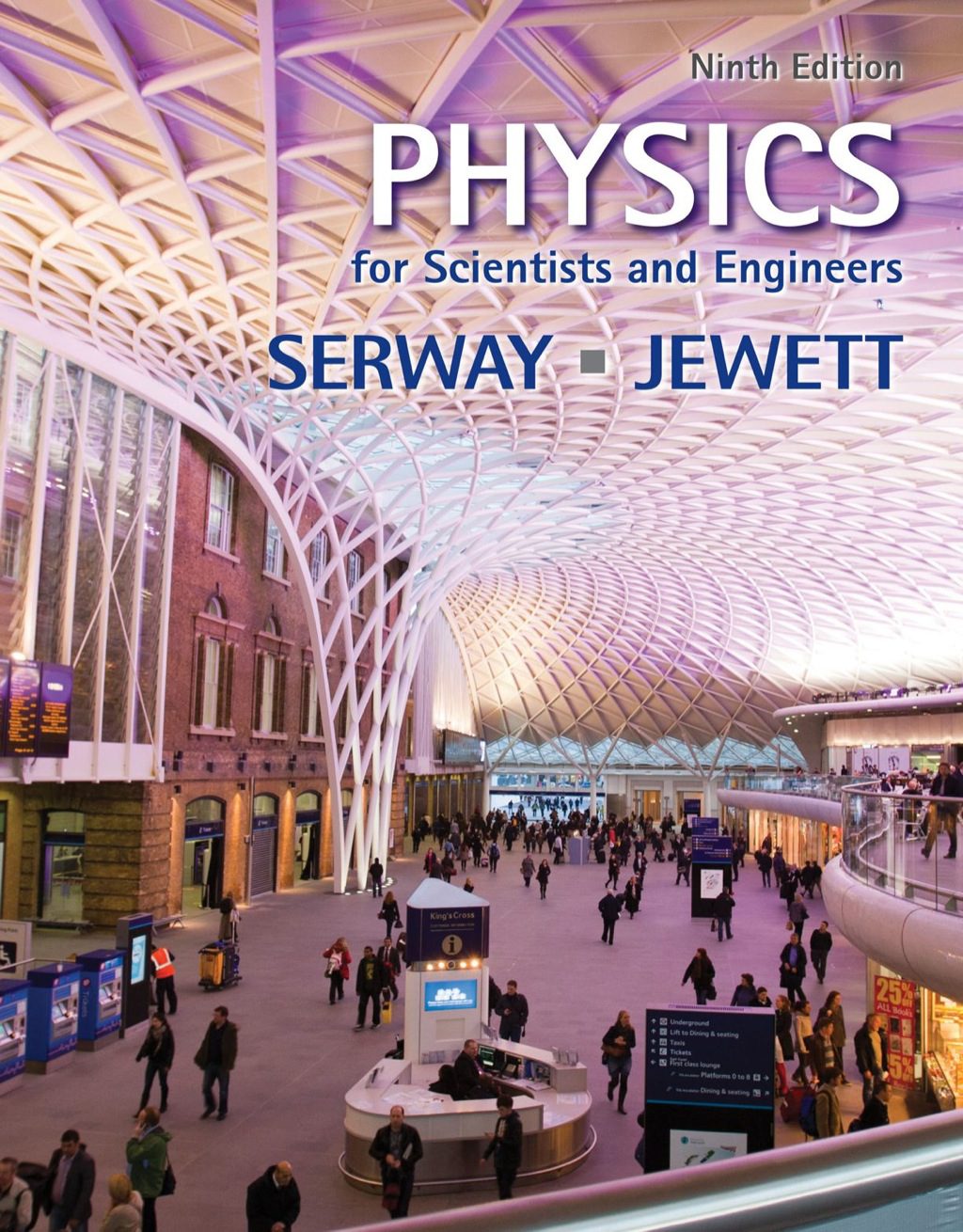CORNELIUS LEONDES084930993X, 0849309956
Table of contents :
SYSTEMS TECHNIQUES AND COMPUTATIONAL METHODS……Page 1
Preface……Page 4
Editor……Page 5
Contributors……Page 6
Contents……Page 7
Tele-Manufacturing: Techniques and Applications for Rapid Prototyping on the Internet/Intranets……Page 8
Slicing a Model for Rapid Prototyping……Page 9
1.2 Preliminaries……Page 10
Java……Page 11
Slicing Algorithms……Page 13
Decreasing Processing and Build Time……Page 15
Preparing the STL File for Slicing……Page 16
Searching for the Start of a Contour (Trigger Point)……Page 17
Determining the Trigger Point Edge……Page 18
Tracing Out the Contour……Page 19
When Tracing Begins from a Vertex……Page 20
When Tracing Begins from an Edge……Page 21
1.5 Prototype Implementation and Case Studies……Page 22
Data Input and Manipulation……Page 23
Search Method to Find Trigger Points……Page 24
Contour Tracing Implementation……Page 25
End of Each Segment……Page 26
Case Study 2……Page 27
Case Study 4……Page 28
1.6 Conclusions……Page 30
References……Page 31
2.1 Introduction……Page 33
2.2 Development and Solution of Mathematical Scheduling Problems……Page 34
Models of Jobs and Operations……Page 36
Models of Machines and Resources……Page 38
Single and Parallel Machines……Page 39
Usual Assumptions in Scheduling Models……Page 40
Objective Functions……Page 41
Choice of an Objective Function……Page 44
Sequence-Dependent Setup Times……Page 46
The Charles-Owaba and Lambert Model of Setup Times……Page 49
Definition 1……Page 52
Formation of Classes……Page 53
Sequence-Independent Setups and Additive Changeovers……Page 55
A Comparison of Additive Changeovers and Sequence-Dependent Setup Times……Page 56
The Major–Minor Setup Times Model……Page 57
A Classification of Class Scheduling Problems……Page 58
Scheduling and Lot-Sizing……Page 59
Algorithms and Complexity……Page 60
Algorithm Running Times……Page 61
The Theory of NP-Completeness……Page 62
Optimal Algorithms……Page 64
Heuristics and Approximation Algorithms……Page 65
A Classification Scheme for Scheduling Problems……Page 67
Reducibility Among Scheduling Problems with Setup Times……Page 69
2.3 Makespan and Flowtime on Single Machines……Page 71
Preemption and Idle Time……Page 73
Minimizing Makespan with Sequence-Dependent Setup Times……Page 74
Minimizing Makespan in Class Scheduling Problems……Page 79
Adding Dynamic Arrivals……Page 80
Makespan with Major–Minor Setup Times……Page 81
Algorithm for 1|s+:s+soi =0|Cmax……Page 82
Proof……Page 83
A Greedy Heuristic for Sequence-Dependent Setup Times……Page 84
Dynamic Programming Approaches……Page 85
The Ghosh Dynamic Program for 1•••••••••……Page 88
Ahn and Hyun’s Heuristic……Page 89
Seed Schedules, Stopping Criteria, and Experimental Performance……Page 91
Additive Changeovers on a Single Machine……Page 93
Theorem 5……Page 95
Proof……Page 96
Flowtime Problems with Sequence-Independent Setup Times……Page 98
Proof……Page 99
Lower Bounds……Page 100
Dominance Rules……Page 103
Branch-and-Bound Approaches……Page 104
Heuristic Approaches……Page 108
Flowtime Problem Extensions……Page 114
References……Page 115
3.1 Introduction……Page 119
The Need for 5-Axis Machining……Page 120
Configurations of a 5-Axis Milling Machine……Page 121
CAD/CAM Software……Page 122
3.2 Kinematics of a 5-Axis Milling Machine……Page 123
Forward Kinematics of a Tilt-Rotary Table Type 5-Axis Milling Machine……Page 124
Inverse Kinematics of a Tilt-Rotary Table Type 5-Axis Milling Machine……Page 126
Forward Kinematics of a Wrist Type 5-Axis Milling Machine……Page 127
Inverse Kinematics of a Wrist Type 5-Axis Milling Machine……Page 129
Tool Path and Trajectory Planning……Page 130
Tool Pass Interval Determination……Page 131
Spacing of Tool Positions……Page 134
Ball Nosed……Page 136
Inclined Tool……Page 138
Multi-point Machining……Page 141
Simulation and Verification……Page 145
Gouge Detection and Correction……Page 148
References……Page 149
4.1 Introduction……Page 153
FEM Applied to Cutting……Page 154
Chip Formation Cutting Model……Page 155
Steady-State Cutting Model……Page 156
Friction Force in Chip-Tool Interface……Page 157
Material Behavior at High Strain Rate and Temperature……Page 158
Temperature Equation……Page 159
Velocity Equation……Page 160
Temperature Equation……Page 161
Incompressibility Condition……Page 162
Velocity Field: Free Surface and Chip-Tool Contact……Page 163
Temperature Field……Page 164
Effective Strain Calculation……Page 165
Computational Procedures……Page 166
Material Properties and Friction Forces Determination……Page 167
Numerical Simulation Example……Page 168
Acknowledgments……Page 174
References……Page 175
Diagnostics for Monitoring Maintenance and Quality Manufacturing……Page 177
5.1 Introduction……Page 178
5.2 Monitoring Maintenance……Page 179
Performance Prognosis and Health Diagnostics……Page 181
Signatures Detection……Page 183
Check and Learning Schemes……Page 185
The Relational Frames: Heuristics vs. Causality……Page 186
Maintenance Policies: Preventive, Predictive, Proactive……Page 187
Monitoring Architectures: Diagnoses Organization……Page 188
5.3 Quality Manufacturing……Page 191
Quality Measurements: Cognitive Scales……Page 192
Quality Metrology and Abstract Standardisation Rules……Page 193
Quality Approval Trials: An Example of Development……Page 196
Quality Indices and Design-for-Comfort……Page 198
Product Life-Cycle Checks and Automatic Testing……Page 200
5.4 Condition Monitoring and Facilities Upkeeping……Page 201
Product Inspection and Properties/Functional Checks……Page 202
Measuring Equipment for Automatic Dimensional Inspection……Page 204
Shop-floor Cells for On-process Automatic Testing……Page 207
Dimensional Monitoring for Compliant Pieces Approval Tests……Page 0
The Experimental Setup for Vibro-acoustic Signatures Diagnostics……Page 212
The Online Detection of Non-persistent Vibro-acoustic Images……Page 215
The Evolutionary Power Density Signatures……Page 216
The Wavelet Transform of Timbric Signatures……Page 218
Sample Outputs and Case Discussion……Page 219
5.6 Maintenance of the Monitoring System……Page 221
Intelligent Measurements and Instrumental Reliability……Page 223
Quality Maintenance of the Measuring Instrumentation……Page 226
Measurement Process Control: Sample Results and Assessments……Page 228
5.7 Conclusions……Page 232
References……Page 234
Reverse Engineering and Inspection of Machined Parts in Manufacturing Systems……Page 243
6.2 Objectives and Questions……Page 244
Error States and Sequences……Page 245
Mapping Module……Page 246
Sensing Strategy……Page 247
DRFSM Representation……Page 248
A Graphical Interface for Developing DRFSMs……Page 249
Applying DRFSM in Features Extraction……Page 252
Two-dimensional Image Processing……Page 253
Zero-crossings……Page 254
Visual Observation of States……Page 255
Deciding Feature Relationships……Page 256
Constructing the Recursive Relation……Page 257
Extraction of Depth Information and World Coordinates……Page 259
Camera Calibration……Page 261
Table Construction……Page 263
Modifications……Page 264
6.5 Sensing to CAD Interface……Page 265
Contours to Splines……Page 266
Thinning Contours……Page 267
The Algorithm……Page 268
Arcs and Lines to Machined Features……Page 269
Results……Page 271
The Initiation Experiment……Page 272
Running the Experiment……Page 273
6.7 Summary of Current Developments……Page 275
Goals and Methodology……Page 276
Current Developments……Page 278
Current Activities……Page 279
Computer Aided Design and Manufacturing……Page 280
References……Page 281
Appendix A: Sample GI Joe Output……Page 282
Appendix B: Sample Calibration Code Output……Page 283
Appendix C: Comparison Between Hough Transform and Curvature Technique……Page 284
7.1 Introduction……Page 286
7.2 Enterprise Reference Architectures……Page 287
CIMOSA Approach……Page 289
CIMOSA Integrating Infrastructure……Page 291
Introduction……Page 292
Reorganization Objective……Page 293
Architectural Design……Page 294
Detailed Design……Page 298
Implementation……Page 299
The Role of CIMOSA in Traub’s Reorganization Process……Page 300
On the Eligibility of the Reference Architecture……Page 301
On the Inadequacy of the Enterprise Engineering Methodology……Page 302
On the Illusion of Model Execution……Page 303
GRAI/GIM……Page 304
PERA……Page 306
7.7 Baan’s Enterprise Modeler……Page 308
7.8 Summary……Page 310
References……Page 311
Engineering Monitoring and Diagnosis Using Wavelet Transforms……Page 313
8.1 Introduction……Page 314
The Principles of Wavelet Transforms……Page 316
The Properties of Wavelet Transforms……Page 318
Discrete Binary Orthogonal Wavelet Transform……Page 319
Wavelet Packet……Page 321
The Feature Extraction Method……Page 323
The Feature Assessment Criteria……Page 324
The Procedure for Automatic Feature Extraction……Page 325
8.4 Use Wavelet Transform for Monitoring……Page 327
8.5 Use Wavelet Transform for Diagnosis……Page 329
Chatter Monitoring in Turning……Page 332
Tool Wear Diagnosis in Drilling……Page 336
8.7 Conclusions……Page 340
References……Page 341







Reviews
There are no reviews yet.